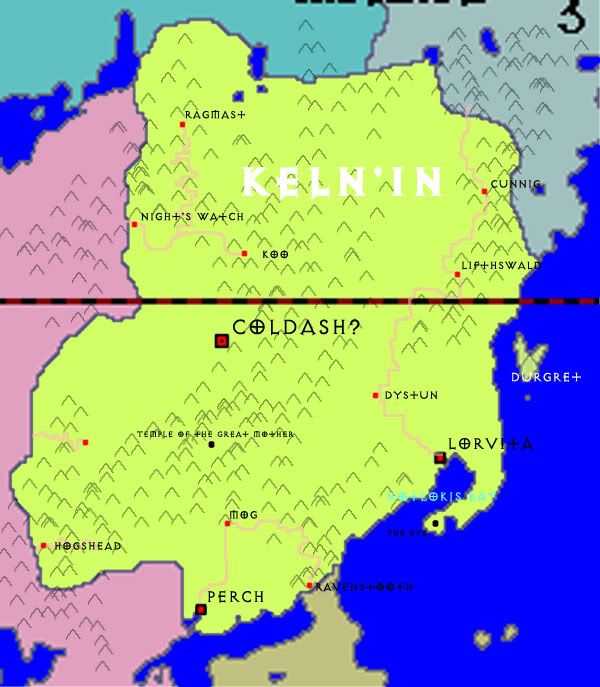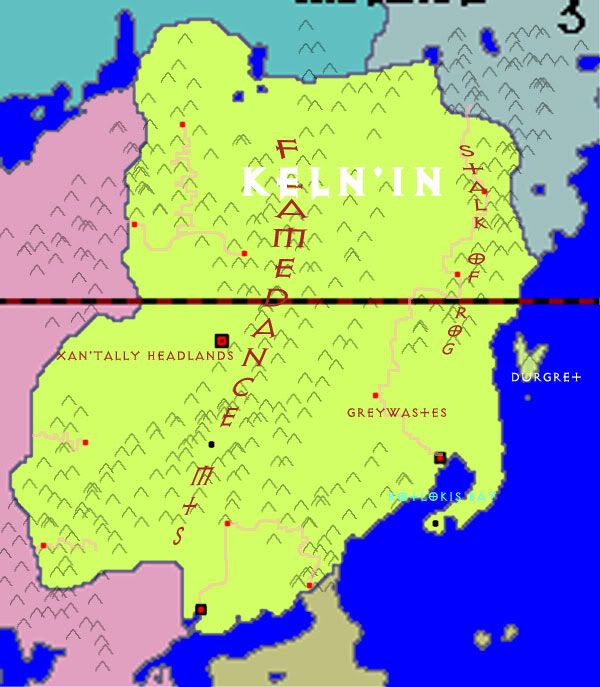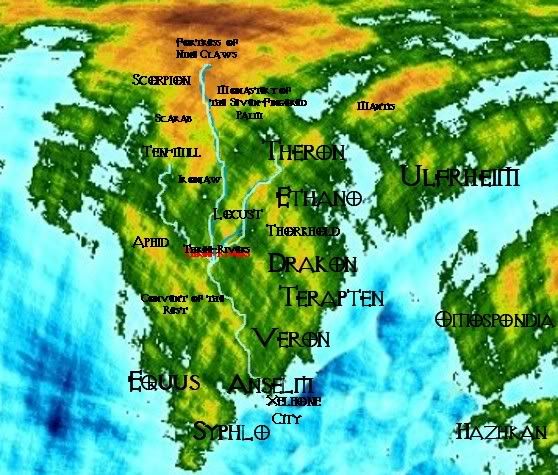On secrets in the Harmonium
While there is a widely held belief against the keeping of secrets on Ortho and throughout the harmonium because of the general idea that information that is needed should be shared to prevent disharmony especially when it should be shared to authorities, the need for secrecy in many areas, even everyday life is recognized by the harmonium and an official vocabulary has been formed to deal with these.
Individual’s Notes are the first most common type of official secret and always involve a single person, or family. An individual’s note is any information that should be kept from public and officials who have not obtained proper warrants. They include things like bank and accounting information, voting and political information (in those provinces and integrated colonies that have secret ballot laws), medical information (again where such laws have been passed for privacy), and information pertaining to security such as combinations to locks and such. Information that fall under an individual’s notes is not generally admissible in court without a short hearing and granted warrant if good reason for the information’s admission is found.
A particular type of individual’s notes are called “sealed notes” and are generally information about crimes committed in the individual’s past for which the person has both show penitence for and which have been ruled for what ever reason to no longer be something that would bear properly on the individual’s character in court considerations. Most of the time these are transgressions committed in youth before an individual has obtained legal age. An orphan caught stealing or any young child who commits most any crime (in some cases even murder) often will have their past crimes ruled “beyond the current tempo” and taken out of official public records when the person reaches maturity or even before.
Another class of informal secret is called a person’s “private notes” and are those things of personal taste, preference and generality that are not the public’s purview and should not be under officals’ consideration without just cause or suspicion.
Here is the start of some of my thoughts. Enjoy I have class now.




 ...
Kwint
...
Kwint 
So, here's the intro and early history I've got so far for Omospondia...I've been fighting a rather bad cold recently, so it may seem a bit scattered in focus...
Kwint
OMOSPONDIA - Land of Heroes
This land, located on the western half of the Parsadian peninsula, has been ever known for its mythic heroes, agricultural production, traditionally strong navies and classical culture. Omospondia is an ancient name, originally describing those city-states along the western and southern coasts of Parsadia that unified under a confederation of equals to defeat the mercantile power of Dardonian League and its monopoly on eastern and southern trade. It disappeared and reappeared throughout history ultimately to be resurrected by the Harmonium to describe the entirety of western Parsadia. Located in the northwest corner of the continent of Keln, it was from here that the humans of much of Mot originated, a legacy that would come back to haunt the land during the Great War of Unification.
Ancient Omospondia and Parsadia
Many are the tales of the heroes of ancient times who helped shape the culture of this land- Iotar of Hiota, who slew the hundred hands tall Giagantos who had despoiled the Agiosopolis of Krotos and carried away Chrysemene, First Daughter of Epidonus; Myrgidar of Koma, who outwitted Pyroklaxion the Crimson Scourge, convincing her to devour her children that were harrying the Mines of Zomos; Pertalos of Nisiprasinos, who convinced the Sea Devils of the Lykos Straits to seek their true homeland in the Southern Oceans, securing the sea lanes for his people; Protokles, Archon of Phemis, who introduced the concepts of democracy and republican government; Phleoge of Xios who stopped a war and brought tears to the eyes of the gods with her sculture, The Lost. These are but a few of the heroes of Omospondia’s mythic past, but foremost of the heroes of ancient times was Iskandros.
Iskandros was the grandson of King Aotar, who had invaded the Land of Heroes from his principality of Kokinos (‘Rhendholm’ in Ulfar) in Ulfrheim and conquered the city-states of western Parsadia, including Krotos, Alaens and Bisos of Omospondia, and establishing the intercontinental Kingdom of Aotarium. Aotar’s son, King Hakos, solidified the new kingdom, but expanded it no further. Hako’s son, Iskandros, was not content to rule this new kingdom, for in his youth he had sought out the Seer of Iphika and knew his destiny was to expand the kingdom or die. And expand it he did. He took the combined martial and magical styles of his Ulfrheim heritage and Parsadian birth land, creating a new style army and conquering the remaining city-states of Old Omospondia, those of southeastern Parsadia, most of modern Karazam and the northern coast of modern Hazhkan, creating the largest Kelnic empire of ancient times. So great were his accomplishments and so adored was he by the people of the new Empire of Iskandria that he was elevated to divinity upon his ritual suicide at the temple complex in ancient Gurakat (modern Iskandral).
But not all was gyros, olives and wine. Those who spoke out for old freedoms and traditional independence were exiled to colonies west across the Iron Sea by the tens, possibly hundreds, of thousands throughout Iskandros’s reign. Others followed the exiles to the west voluntarily, silent in their opposition to the empire, yet seeking the same freedoms.
Although Rhendholm and the western colonies would rebel within a generation of Iskandros’s death, the rest of the empire would last for centuries under the conqueror’s dynasty, expanding and retracting ever so slightly. Ultimately, as happens to all dynasties, an emperor had no children and no siblings. Thus was the fate of Klontos the Sad, the last Iskandrian emperor. Upon his death, the empire broke down into its component parts, ruled by Klontos’s distant cousins, power happy generals or strong-willed city magistrates. Western Parsadia reached back to the days of yore and reestablished Omospondia to control trade between the inner seas and the Western Ocean. Omospondia also reestablished control over their colonies across the Iron Sea. The cities of central Parsadia fell back into ancient ways, warring amongst themselves for the various resources of the Central Peaks. Iskandral and the rest of the far eastern provinces of the empire accepted the new Kisto-Iskandrian dynasty that would ultimately establish the Karazam Empire. The Iskandrian lands along the northern Hazhkani coast elevated General Padipoodra to the Raj, only to have that kingdom splinter time and time again as various heirs outlived their royal parents.
This state of affairs lasted for a century or so until waves of Ogrish nomads from the east raided through eastern and central Parsadia weakening the city-states there and ultimately forcing them to join the new Karazam Empire that hounded after (some say paid) them through central Parsadia. Eventually, the Ogres were forced northward into [insert name of Province #6], but the damage had been done. The agricultural and mineral resources, as well as the ports, of the central peninsula was now the property of the eastern empire, while the Omospondian city-states and other independent kingdoms of the west were eventually relegated to a vassal-like status. This situation continued as such until the Great War broke out first in Iathra, then Pan Thaera and the Elven Shaar and ultimately coming to a conclusion on the Parsadian peninsula.
Omospondia During the Great War of Unification
The nations of the Parsadian peninsula were generally unfazed by the Great War when it broke out in Iathra, although a great deal of trade in grains and iron increased with the Pan Thaeran Confederation. When the Knights of Harmony turned against Pan Thaera, Omospondia continued trade with the island nation and many mercenaries from the city-states set sail for the islands. Few of them returned. Concern, and in some instances panic, emerged as news that the Knights had allied with the Tyrants of Motmurk and were giving their support to the colonists in Xaric. Trade with the nations of Mot ceased and its ports were blockaded by the Omospondian navy. While the war progressed from Pan Thaera to the Elven Shaar, the nations of the Lykos Straits and the Iron Sea began to boil.